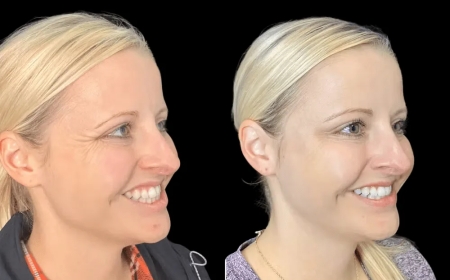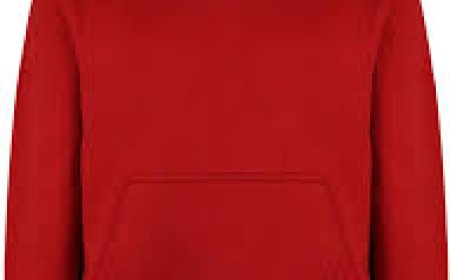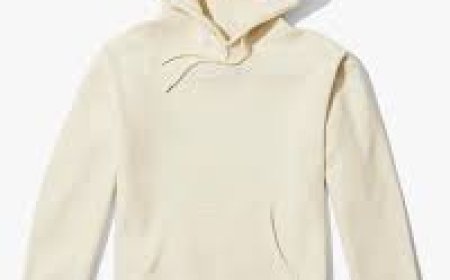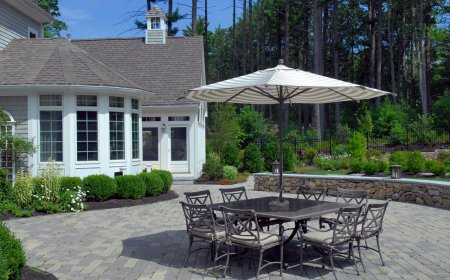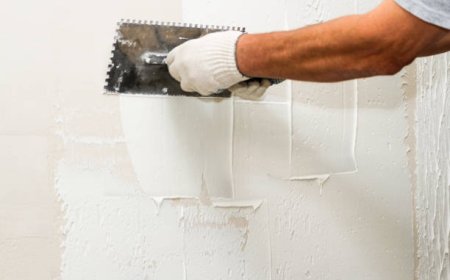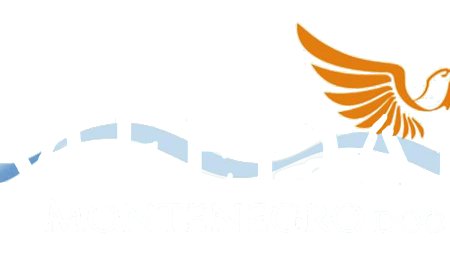The Ultimate Guide to Tree Pruning: Boosting Tree Health, Beauty, and Safety
Tree pruning is more than just yard work — it’s a critical investment in your property’s safety, beauty, and the health of your landscape. Whether you’re shaping a young tree or maintaining a majestic oak, a thoughtful approach to pruning pays off for years to come. Don’t wait for a storm to force your hand — grab those shears (or call an arborist) and give your trees the care they deserve.
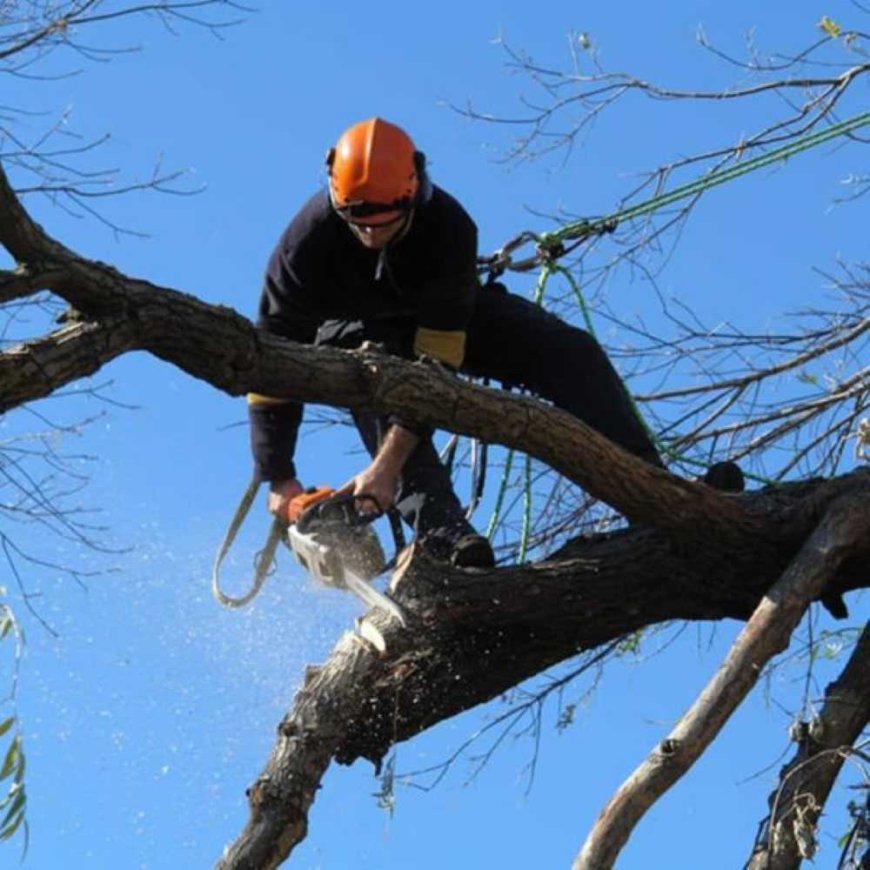
Ever looked at a tree and thought, Its kinda wild-looking? Thats probably a tree in need of some pruning. Tree pruning isnt just about keeping your trees pretty its a vital part of keeping them healthy, safe, and thriving for years to come.
Lets explore how a few smart cuts can make a world of difference in your landscape.
What is Tree Pruning?
Tree Pruning vs. Tree Trimming
People often mix up pruning and trimming. While both involve cutting branches, tree pruning focuses on health, safety, and structure, while trimming is more about keeping things tidy and looking good.
Different Types of Pruning
-
Corrective pruning: Fixes structural issues or damage
-
Maintenance pruning: Keeps tree size and shape in check
-
Restorative pruning: Helps bring neglected trees back to life
Benefits of Tree Pruning
Enhancing Tree Health
Removing dead, dying, or diseased branches helps prevent rot and pests. Think of it like a haircut get rid of the bad to let the healthy parts thrive.
Promoting Growth and Structure
Strategic pruning helps young trees grow into strong, well-shaped specimens. It prevents limbs from growing too close or weakly attached.
Boosting Curb Appeal
A well-pruned tree looks polished and inviting. It's a subtle yet powerful way to elevate your yard's appearance.
Preventing Hazards
Overgrown branches near your house, power lines, or sidewalks? Pruning minimizes risk from falling limbs during storms.
Best Time to Prune Trees
Seasonal Timing
-
Late winter to early spring is ideal for most trees before new growth starts.
-
Avoid pruning in fall; it can leave trees vulnerable to disease.
Tree Species Considerations
Some trees, like maples or birches, bleed sap if pruned in spring. Others, like flowering trees, should be pruned after blooming to avoid cutting off buds.
Common Tree Pruning Techniques
Crown Thinning
This involves selectively removing branches to allow more light and air through the canopy great for reducing weight and wind resistance.
Crown Raising
Removes lower branches to clear pathways, driveways, or increase light beneath the tree.
Crown Reduction
Used to reduce the overall size of a tree, often for safety or clearance.
Deadwooding
Simple but essential this removes dead or broken limbs to prevent decay and damage.
Tools Needed for Tree Pruning
Hand Pruners & Loppers
Great for small to medium branches. Loppers give you more leverage.
Pole Pruners
Helps reach high branches without a ladder safer and easier for minor touch-ups.
Pruning Saws
Curved saws are excellent for thicker branches. Always use sharp, clean tools.
Safety Gear
Gloves, helmet, safety goggles, and sometimes a harness dont skimp on safety.
DIY Tree Pruning Tips
How to Make the Right Cut
Always cut just outside the branch collar (the thickened base of the branch). This helps the tree heal naturally.
Avoiding Common Mistakes
-
Dont leave stubs
-
Dont top your trees (this damages them)
-
Dont prune too much at once no more than 25% of the canopy
Knowing When to Stop
If youre unsure, pause. It's better to consult a pro than do irreversible damage.
When to Hire a Professional Arborist
High or Hazardous Jobs
If the branch is big, high, or near power lines call a certified arborist. Its not worth the risk.
Specialty Pruning
Trees like Japanese maples or espaliered fruit trees require careful shaping. Professionals can enhance their beauty without harming growth.
Tree Health Assessments
Arborists can diagnose disease, decay, and structural weaknesses that arent always visible.
Tree Pruning for Different Tree Types
Deciduous Trees
These trees benefit most from winter or early spring pruning when dormant.
Evergreen Trees
Generally need less pruning but still benefit from occasional shaping and deadwood removal.
Fruit Trees
Pruning increases yield and fruit size. Best done in late winter before budding begins.
Legal and Safety Considerations
Neighboring Trees and Property Lines
You can usually prune branches that hang over your yard but dont touch the trunk. Communicate with neighbors first to avoid disputes.
Protected Trees and Permits
Some areas require permits to prune or remove certain trees. Check your local regulations before starting.
How Often Should Trees Be Pruned?
Young vs. Mature Trees
-
Young trees: Every 23 years for shaping
-
Mature trees: Every 35 years for maintenance
Signs Your Tree Needs Pruning
-
Dead or broken branches
-
Crowded or crossing limbs
-
Too close to structures
-
Reduced airflow or light
Tree Pruning and Landscaping Design
Shaping for Symmetry
A well-pruned tree can frame your home beautifully, balancing the overall landscape.
Creating Shade and Space
Selective cuts help control how much sunlight your lawn or garden receives its like fine-tuning nature.
The Cost of Tree Pruning
Average Prices
-
Small tree: $75$250
-
Medium tree: $250$500
-
Large tree: $500$1,000+
Factors Affecting Cost
-
Tree size and type
-
Height and accessibility
-
Urgency or emergency work
-
Whether cleanup is included
Environmental Benefits of Pruning
Improving Airflow and Light
Thinning helps prevent mold, mildew, and pest infestation while boosting the growth of grass and plants below.
Supporting Wildlife and Pollinators
Proper pruning maintains habitats for birds, bees, and butterflies by keeping trees healthy and vibrant.
Conclusion
Tree pruning is more than just yard work its a critical investment in your propertys safety, beauty, and the health of your landscape. Whether youre shaping a young tree or maintaining a majestic oak, a thoughtful approach to pruning pays off for years to come. Dont wait for a storm to force your hand grab those shears (or call an arborist) and give your trees the care they deserve.
FAQs
1. How do I know if my tree needs pruning?
Look for dead or broken branches, overcrowded limbs, or branches too close to structures.
2. Is tree pruning harmful?
Not when done correctly! It actually helps your tree grow stronger and healthier.
3. Can I prune my tree in summer?
Yes, but avoid pruning large amounts during hot months. Summer pruning is fine for minor maintenance.
4. Whats the difference between pruning and trimming?
Pruning is for health and structure, while trimming focuses on appearance and shaping.
5. Will pruning make my tree grow faster?
It can! Removing weak or dead growth directs energy to stronger limbs, encouraging healthier growth.




